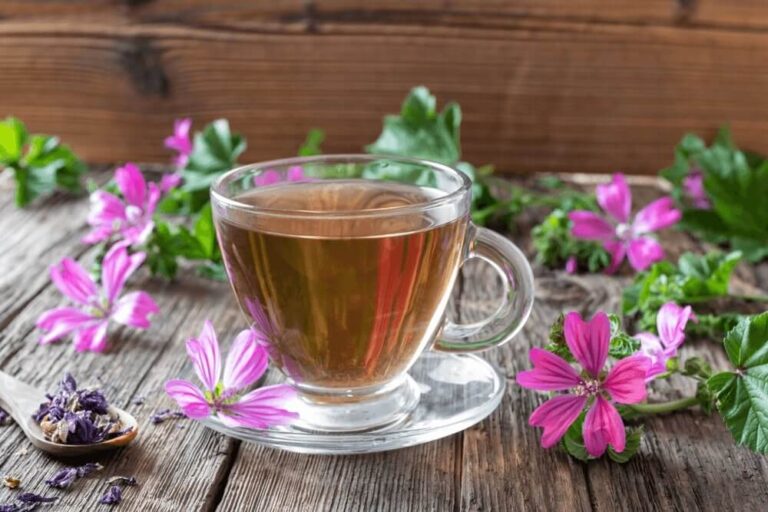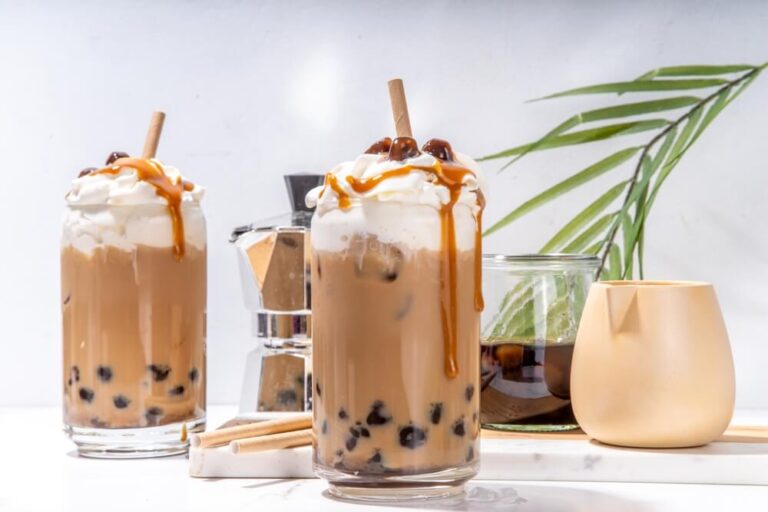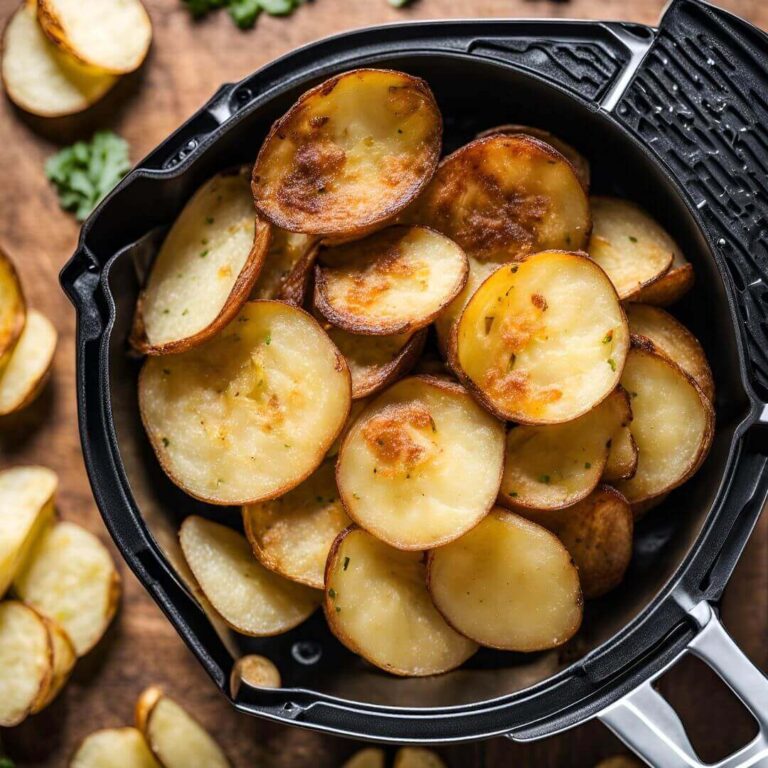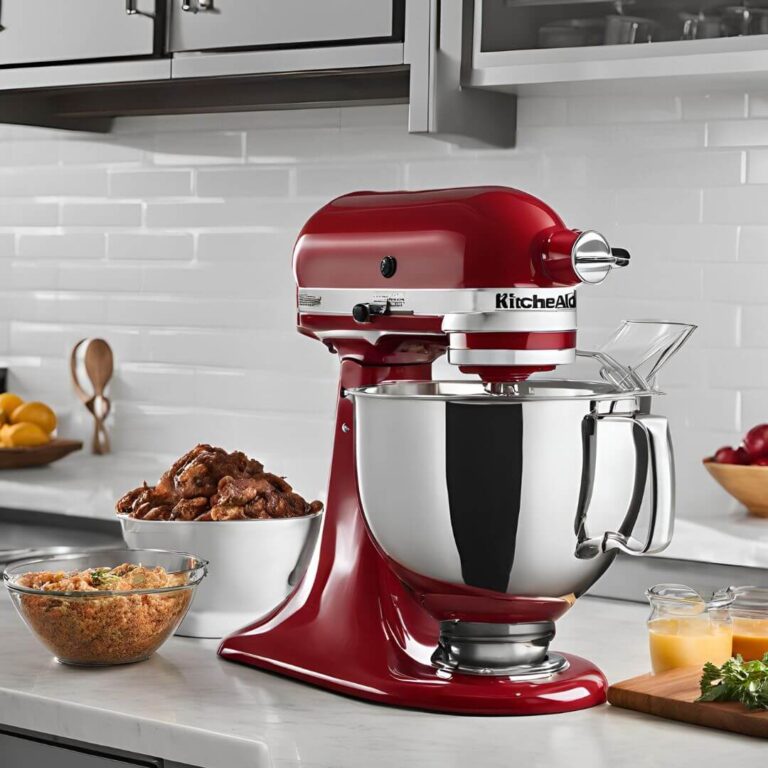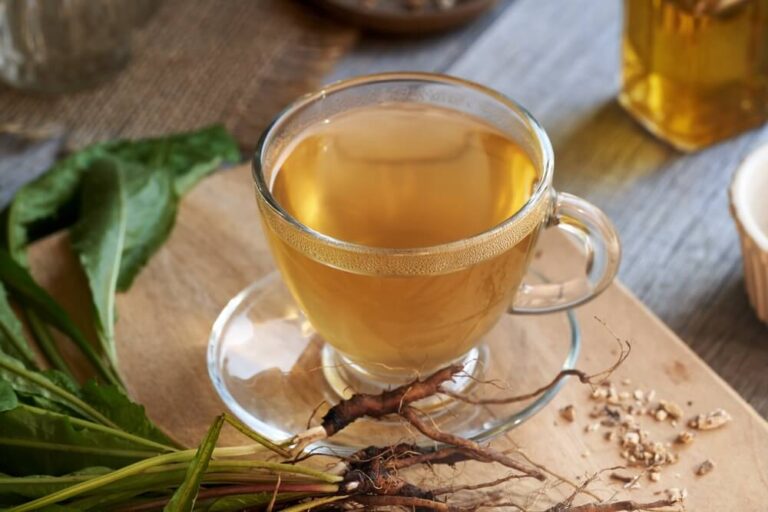Want To Know How To Make Melt In Your Mouth Prime Rib? [You’ll Love This Recipe]

Want to know how to make melt in your mouth prime rib? This delicious roast beef dish is excellent for special occasions or when you’re hungry for a hearty meal. Using good ingredients, flavorful seasonings, and proper cooking methods, you can make prime ribs that even picky eaters will love.
In this article, you will see how to make it tender, juicy, and flavorful. Get ready to improve your cooking skills and enjoy this classic dish that everyone will love.
What Is Prime Rib?

Prime rib is a popular way to cook roast beef using cuts from the rib section. People usually cook it with the bone still and serve it with a sauce made from its juices, called au jus. The USDA grades the meat as top quality when labeled “prime.” If the USDA does not grade the beef as “prime,” people call it a standing rib roast. If it’s boneless, it’s called a rib-eye roast.
USDA inspectors assign grades such as prime, choice, and selection based on the meat’s fat amount and the cow’s age. Prime beef has the most fat and is tender, juicy, and flavorful. The fat inside the meat, called marbling, adds flavor and moisture. More marbling means a higher grade for the meat.
Why You’ll Love The Prime Rib Recipe?
You’ll love this prime rib recipe because it makes a tender, juicy, and flavorful roast, perfect for special occasions. The fat in the meat keeps each bite rich and moist. A simple sauce made from its juice enhances the natural flavor. This is a simple yet impressive dish that always makes guests happy.
Want To Know How To Make Melt In Your Mouth Prime Rib: (The detailed Recipe)
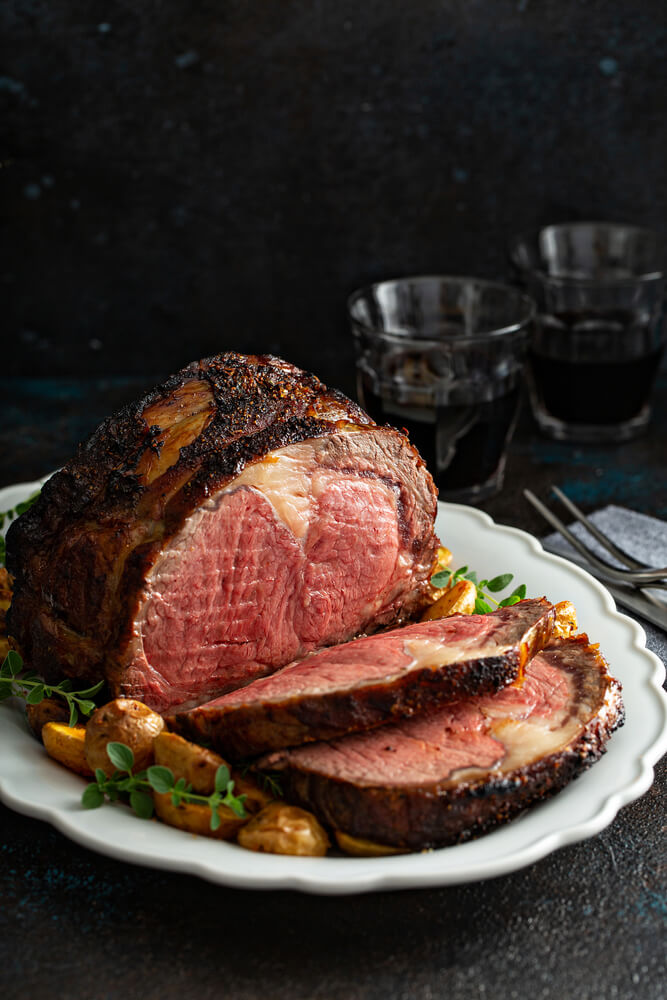
- Cuisine: American
- Servings: 6 people
- Preparing Time: 17 Minutes
- Cooking Time: 1 Hour 43 Minutes
- Total Time: 2 Hours
- Course: Main Course
- Calories: 825 kcal
- Equipments:
- Knife
- Plastic Wrap
- Bowl
- Oven
Ingredients For The Recipe:
- 3.5 lb beef prime rib (bone-in, aged for optimal tenderness and flavor)
- 1 3/4 tsp sea salt, divided (premium sea salt for enhanced flavor)
- 1/4 Tbsp black pepper, freshly ground (for a robust and aromatic kick)
- 1/2 tsp fresh rosemary leaves, minced (or 1/4 tsp dried rosemary, a fragrant herb for earthy notes)
- 1/4 tsp fresh thyme leaves, minced (or 1/8 tsp dried thyme, a subtle and herbaceous addition)
- 3 garlic cloves, finely chopped (aromatic and pungent for depth of flavor)
- 1 1/2 Tbsp extra light olive oil (smooth and mild to help the seasoning adhere)
Instructions For The Prime Rib Recipe:
1. Prepare The Prime Rib:
- Remove the prime rib from the refrigerator and let sit at room temperature for about 1 hour.
2. Season The Prime Rib:
- Preheat your oven to 450°F (230°C).
- Combine 1 1/2 teaspoons sea salt, black pepper, rosemary, thyme, garlic, and olive oil. Mix well to make a paste.
- Rub the spice mixture evenly over the prime rib, ensuring it is well coated.
3. Roast The Prime Rib:
- Place seasoned prime rib, bone side down, on a roasting rack inside a roasting pan.
- Roast in the oven for 15 minutes to crisp the outside and lock in the juices.
4. Lower The Oven Temperature:
- Reduce oven temperature to 325°F (165°C).
- Continue roasting the prime rib until the internal temperature reaches your desired temperature:
- For medium-rare: 120-125°F (49-52°C)
- For medium: 130-135°F (54-57°C)
- It will take approximately 15 to 20 minutes for each pound.
5. Rest The Prime Rib:
Remove the prime rib from the oven and transfer to a cutting board.
Tent loosely with aluminum foil and let rest for 20-30 minutes. This ensures a tender and juicy roast and allows the juices to redistribute.
6. Carve And Serve:
- After resting, cut the prime rib against the grain to the desired thickness.
- Sprinkle remaining 1/4 teaspoon sea salt over slices for extra flavor.
- Serve prime rib with your favorite side, and enjoy.
The Importance Of Ingredients Using In The Prime Ribe Recipe:
Making a delicious prime rib depends on what ingredients you use. Each ingredient adds to the dish’s taste, feel, and aroma. Discuss why these ingredients are essential to making prime rib taste great.
1. Beef Prime Rib:
You mainly use beef prime rib, a tender, and flavorful meat for special occasions like celebrations. It is famous for its rich taste due to its fat and rich taste. It’s perfect for special events when you want something delicious.
2. Sea Salt:
We sprinkle prime rib with sea salt to enhance its natural flavor. It helps create a delicious crust outside when we cook it in the oven.
3. Black Pepper:
We put black pepper on the prime rib to give it a spicy flavor and improve its taste. It goes well with the delicious beef and other herbs we use.
4. Rosemary Leaves:
Rosemary leaves smell like pine and tastes good when mixed with beef. We use them with prime ribs, and they make the meat smell and taste better.
5. Thyme Leaves:
Thyme leaves have a mild, natural flavor, making the prime rib dish more appealing. They add herbs to the mix and improve the meat’s taste.
6. Garlic:
Garlic gives prime rib a robust and savory flavor. It spreads its beautiful flavor throughout the meat and complements the other herbs and spices.
Extra Light Olive Oil:
We use extra light olive oil to coat and season the prime rib. This helps the meat become crispy and golden brown when cooked in the oven.
Nutrition Information:
The prime rib recipe is rich in protein, which helps muscles grow and repair themselves. It contains some saturated fat and cholesterol, so enjoy it in moderation for a healthy heart. You can also add salt to the way we season and cook. Eating lots of vegetables and choosing lean meats can make a meal more nutritious.
What Other Substitute Can I Use In The Prime Rib Recipes?
In prime rib recipes, you can use different herbs and spices instead of rosemary. For example, you can use thyme or oregano to flavor it differently. If you don’t like the strong taste, leave out the garlic or use garlic powder instead. Experimenting with different seasonings allows you to make the prime rib taste how you want it.
Related Questions:
Can I Use A Different Cut Of Beef Instead Of Prime Rib For The Recipe?
This recipe usually uses prime rib because it is so tender and flavorful. But you can try other cuts of beef if you want. Remember, you’ll need to change how long and how you cook to get it right.
Cuts like ribeye or top sirloin can also work but may not be as tender or flavorful as prime rib. Which cut you use is up to you, depending on what you like.
Can I Prepare The Prime Rib Recipe In Advance And Reheat It Later?
You can cook prime rib early and reheat it later, but you must be careful. To keep it juicy, cut prime rib when cold and reheat it in the oven with beef broth or au jus.
But reheating it can change its taste, so it’s best served fresh for the tastiest and most beautiful texture.
Are There Any Vegetarian Alternatives For Seasoning The Prime Rib?
Sure. Instead of using meat-based seasonings like garlic and Worcestershire sauce, you can try plant-based alternatives like soy sauce or balsamic vinegar to add flavor.
You can also use herbs and spices like rosemary, thyme, paprika, and black pepper. Experimenting with different vegetarian seasonings allows you to create a delicious prime rib that fits your diet.
Final Verdict:
Want to know how to make melt in your mouth prime rib? With the right ingredients, spices, and cooking methods, you can create a delicious meal that impresses your guests. Whether it’s a special celebration or a hungry day, prime rib will surely please everyone. Just gather your ingredients, follow the recipe, and get ready to enjoy a tender and delicious prime rib that everyone will love.

